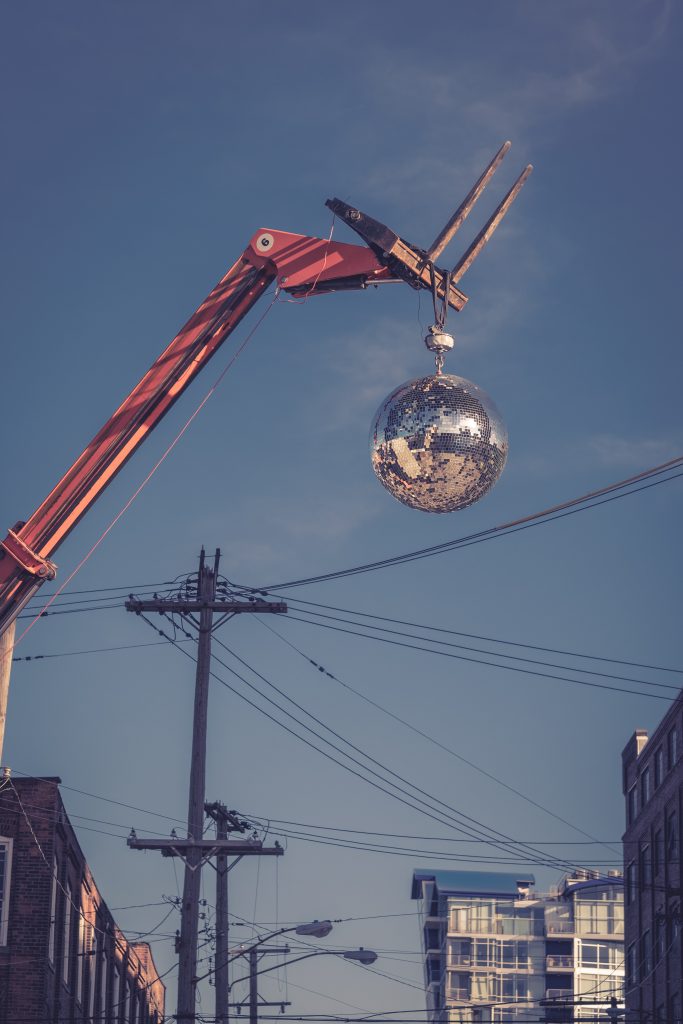
If you’ve ever had an a-ha moment, where the answer was suddenly clear or you came up with a brilliant new idea, it might have seemed like a lightbulb switched on right over your head. But what had to happen to get that bulb to light up? For me, it usually happens when someone else says something that flicks the switch. Or, it happens when I’m not thinking about the problem at all and the lightbulb illuminates while I’m resting, relaxing, exercising, or spending time in nature (AKA all of the above).
That’s why I was intrigued by the headline for Gretchen Rubin’s interview with Matthew Barzun (former US Ambassador to the United Kingdom and Sweden) posted on her blog last week: “An Idea Is an Unlit Lightbulb. You Need Two Things: a Source of Power and a Connection.”
The entire interview is interesting, but the part where he talks about an idea being an unlit lightbulb was the most insightful to me. Here’s what Barzun said:
“Google the word “idea” in Google images and you will see thousands of lightbulbs and they are nearly all identical – they are all alone, floating mysteriously in space, disconnected to anything and yet illuminated with little yellow lines radiating to indicate this. That is a visual cliché we all have in our minds. And it is deeply misleading about the true power of ideas and the nature of innovation. It makes it seem as if you wait there alone for the magic to strike and then—voila—you get an idea and the light comes on. That’s not true. An idea is at best an unlit lightbulb. You need to add two things—the same two things that it takes to light up a real lightbulb. First a source of power and second a connection.”
I was bummed that his thought (and the interview) ended there because I liked where it was going. For me, the source of power tends to be when I’m resting—recharging my batteries, if you will—and the connection is the thing that makes the idea click, like getting inspired by the thing someone else said.
I wonder if a light bulb—even one connected to a source of power—isn’t the best image to convey an idea after all. Therefore, I submit: a disco ball. It’s still a source of light, but instead of being illuminated from within, it reflects the light around it. And if it’s powered, it revolves, creating a more dynamic and spectacular show.
And a good one makes you want to dance.




